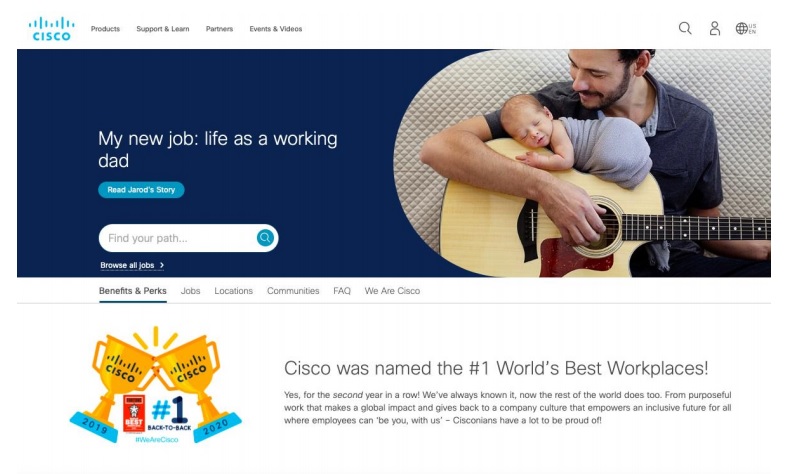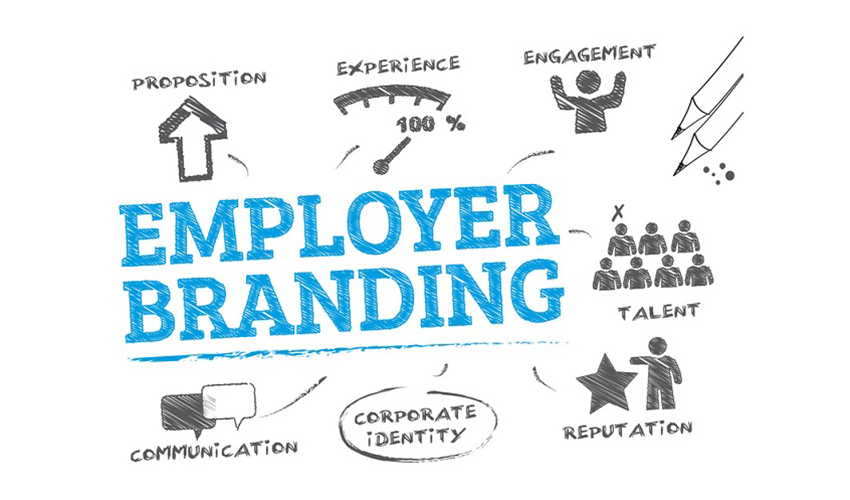Employer branding, when done right, can help you build an engaged and motivated workforce.
By now, most companies recognize the importance of branding activities to engage their customers. An equally important aspect of branding, however, is how the company positions itself as an employer. An employer brand is essentially the embodiment of the values it stands for and how it demonstrates its commitment to those values.
Ensure financial stability
At the heart of every company lies a strong, loyal team. Employee retention and employee motivation are essential for a business to perform at and above par, which is crucial for its financial health.
Employer branding that highlights a commitment to caring for its employees will attract top talent. Besides, the better the brand can live up to its promises, the likelier its team members will be to stay on and put in their best every day.
Social media as a platform for employer branding
Social media is what everyone turns to for information, entertainment and validation. A lively social media presence allows the company to share its ‘human’ side, from behind-the-scenes moments, day-in-the-life features to fun Q&As with the team.
This shows the outside world what it is like to work at the company and allows employees to feel special by sharing their stories and perspectives.
The Hershey Company’s LinkedIn page, for instance, is full of interesting information that helps potential employees learn about the business, products and services, testimonials, and job vacancies.

Source:https://www.linkedin.com/company/the-hershey-company/
Social media is also the ideal platform for brand advocates, i.e., loyal employees willing to talk positively about the employer and share their content about life at the company.
Branding for recruitment
Any prospective candidate will look up a company’s reputation online before applying for jobs there. A company that has only a negligible online presence is unlikely to come off as trustworthy.
Employer branding, in this regard, should treat prospective candidates as target customers and market the company in as lively and attractive a fashion as possible. Cisco, for instance, has a dynamic careers page that provides resources for employees-to-be.

Source:https://www.cisco.com/c/en/us/about/careers.html
The page also comprises employee stories on what it is like to work with the company. Whoever applies from that page will know exactly what Cisco is like as an employer. Now that is called branding.
In addition, the company should invest in good press and a strong set of customer reviews, both of which help build a public image.
The role of technology in employer branding
In a way, both employer and employee branding are interconnected and technology players a vital role in bringing them together. Using employee engagement tools like Xoxoday Emplus, you can conduct an employer brand audit.
Using Empuls’s features such as surveys, feedback sessions and one-to-one meetings with existing employees and new candidates, you can know how well they understand and perceive your brand values, mission and vision.
Furthermore, social media employee advocacy, feedback and reviews from job portals and optimizing your hiring strategy can help you build an engaged and motivated workforce.
Align work culture to the employer’s brand values
Perhaps the most critical aspect of employer branding is living up to the brand image, which is where work culture comes in.
So, if the brand, for instance, positions itself as a ‘work hard, play hard’ employer, it should live up to that by hosting team parties, celebrating each project win, organizing outbound activities, maintaining a friendly tone in its official communications, and so on.
Your organization needs to demonstrate the values it claims to live up to and which employees are attracted to in the first place. Request a demo to learn more information.
The author, Priyanka Desai is the CEO and Founder of the content marketing company, iScribblers







